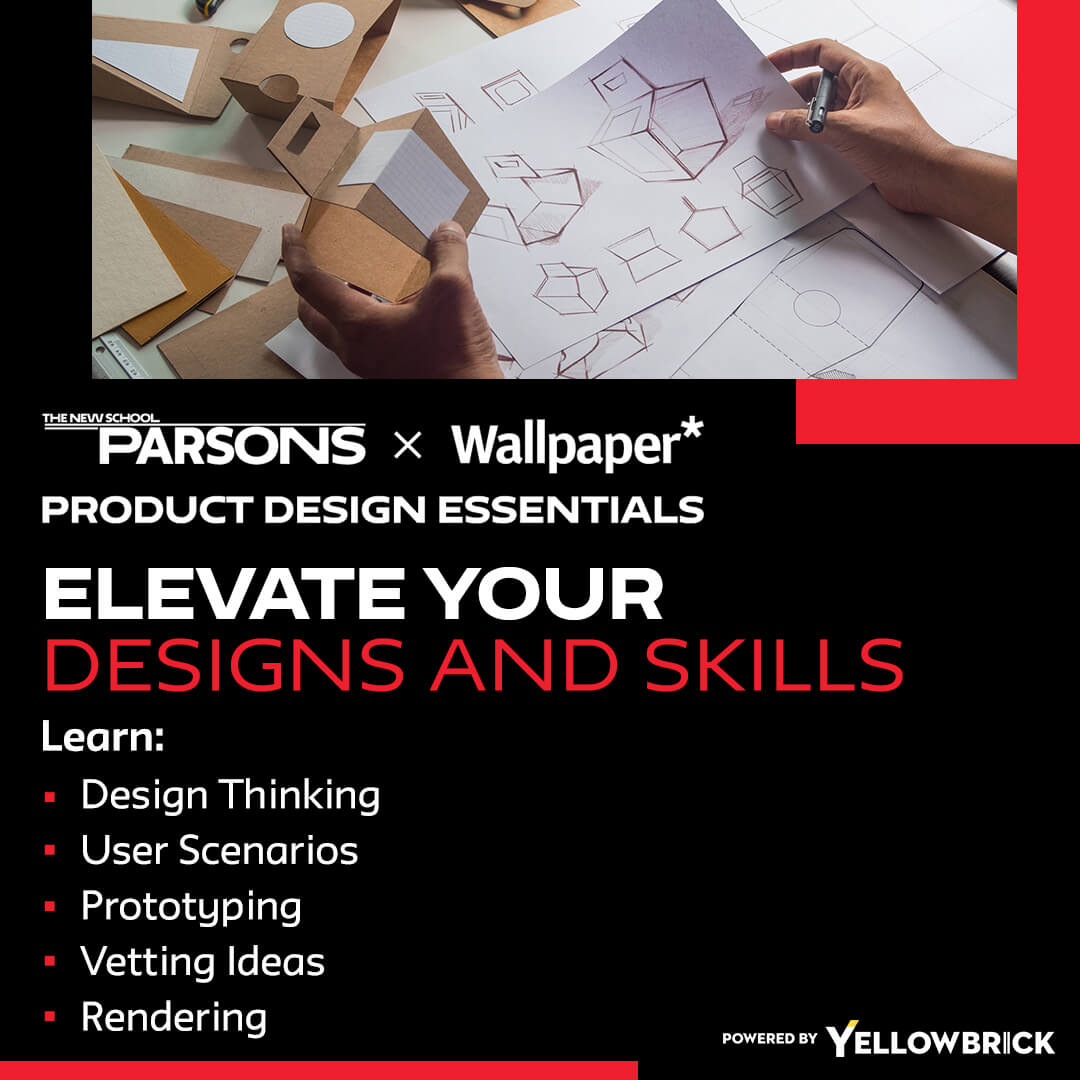Design systems have become increasingly essential in the world of design, providing a structured approach to creating consistent and cohesive visual experiences across different platforms and products. As the demand for skilled professionals in this field continues to rise, pursuing a design systems course can be a strategic career move for designers looking to enhance their skills and stay competitive in the industry.
Understanding Design Systems Course
A design systems course offers a comprehensive curriculum that covers the principles, methodologies, and tools used in developing and implementing design systems. Students learn how to create design systems that maintain visual harmony, improve user experience, and streamline the design process. By gaining hands-on experience with industry-standard tools and techniques, participants can enhance their design skills and build a strong foundation in design systems.
The Importance of Design Systems Course
Enrolling in a design systems course is crucial for designers who want to stay ahead of the curve in a rapidly evolving industry. By mastering design systems, professionals can create scalable and consistent design solutions that resonate with users and align with business objectives. Understanding the intricacies of design systems not only enhances a designer’s skill set but also opens up new opportunities for career growth and advancement.
Key Elements of Design Systems Course
A design systems course typically covers a range of key elements that are essential for developing expertise in this field. Some of the core components of a design systems course include:
- Design Principles: Understanding fundamental design principles and how they apply to creating cohesive design systems.
- Component-Based Design: Learning to break down designs into reusable components for efficiency and consistency.
- Typography and Color Theory: Exploring typography and color theory to create visually appealing and harmonious design systems.
- Design Tools: Mastering industry-standard design tools and software for building and maintaining design systems.
- Collaboration and Communication: Developing skills in collaborating with cross-functional teams and effectively communicating design decisions within an organization.
By delving into these key elements, participants can acquire the knowledge and skills needed to excel in the field of design systems and make a meaningful impact in their design practice.
Best Practices for Design Systems Course
To make the most of a design systems course, it is essential to follow best practices that enhance the learning experience and maximize skill development. Some best practices for pursuing a design systems course include:
- Hands-On Projects: Engaging in hands-on projects that allow for practical application of design system concepts and principles.
- Peer Collaboration: Collaborating with peers to exchange ideas, provide feedback, and gain insights from diverse perspectives.
- Industry Insights: Seeking mentorship or guidance from industry professionals to stay informed about current trends and best practices.
- Continuous Learning: Committing to continuous learning and professional development to stay updated on evolving design system practices.
- Portfolio Development: Building a strong portfolio that showcases design system projects and demonstrates proficiency in creating effective design solutions.
By incorporating these best practices into their learning journey, participants can enhance their skills, expand their knowledge, and prepare themselves for a successful career in design systems.
Top 10 Jobs in Design Systems
Pursuing a design systems course can open up a wide range of career opportunities for professionals looking to specialize in this field. Some of the top 10 jobs in design systems include:
- Design Systems Specialist: Creating and maintaining design systems for organizations to ensure consistency and efficiency.
- UI/UX Designer: Designing intuitive and user-friendly interfaces that are supported by cohesive design systems.
- Design Systems Architect: Developing the architecture and structure of design systems to support scalability and flexibility.
- Brand Designer: Ensuring brand consistency and coherence across various touchpoints through the implementation of design systems.
- Front-End Developer: Implementing design systems in web development to create visually appealing and functional user interfaces.
- Design Systems Manager: Overseeing the development and maintenance of design systems within an organization.
- Visual Designer: Applying design systems principles to create visually engaging graphics and layouts for digital and print media.
- Product Designer: Integrating design systems into product development processes to create cohesive user experiences.
- Design Systems Engineer: Building and optimizing design systems infrastructure to support design consistency and efficiency.
- Creative Director: Providing strategic direction and oversight for design systems implementation across projects and teams.
Each of these roles offers unique opportunities for professionals to leverage their design systems expertise and contribute to the creation of impactful and consistent design solutions.
Key Strategies for Success in Design Systems
Success in the field of design systems requires a combination of technical proficiency, creative thinking, and effective communication. To excel in this domain, designers should focus on honing the following key strategies:
- Attention to Detail: Paying close attention to detail to ensure consistency and coherence in design system elements.
- User-Centric Approach: Prioritizing user needs and preferences when designing and implementing design systems.
- Versatility: Adapting to evolving design trends and technologies to create dynamic and relevant design systems.
- Collaborative Mindset: Working collaboratively with cross-functional teams to align design systems with organizational goals.
- Continuous Improvement: Seeking feedback, learning from experiences, and continuously improving design system practices.
By embracing these strategies and integrating them into their design practice, professionals can elevate their skills, deliver impactful design solutions, and thrive in the dynamic field of design systems.
Conclusion
Design systems are a vital asset in modern product development, enabling teams to create consistent, scalable, and user-centered experiences. By enrolling in a design systems course, designers gain the knowledge, tools, and strategic mindset needed to lead in this growing field. With the right training and continuous practice, professionals can unlock rewarding career paths and make a lasting impact on the quality and cohesion of digital products.
Key Takeaways:
- Design systems are essential for creating consistent, cohesive visual experiences across platforms and products.
- Taking a design systems course equips professionals with critical skills in design principles, component-based systems, and collaboration.
- Courses cover key areas such as typography, color theory, design tools, and communication with cross-functional teams.
- Practical projects and collaboration during training enhance learning and prepare students for real-world implementation.
- Best practices include hands-on experience, continuous learning, peer feedback, and building a strong portfolio.
- Career opportunities in design systems are diverse, spanning roles like UI/UX Designer, Systems Architect, Front-End Developer, and Creative Director.
- Success in design systems requires user empathy, attention to detail, adaptability, teamwork, and a mindset of continuous improvement.
- Pursuing this specialization helps professionals remain competitive and make a lasting impact in the design industry.
For those looking to advance their career in design systems, consider enrolling in the Parsons Product Design Essentials online course and certificate program offered by Yellowbrick. This program provides a comprehensive education in design systems, empowering individuals to master the intricacies of creating impactful and harmonious design solutions.








